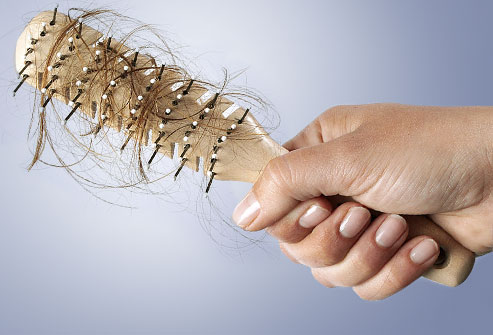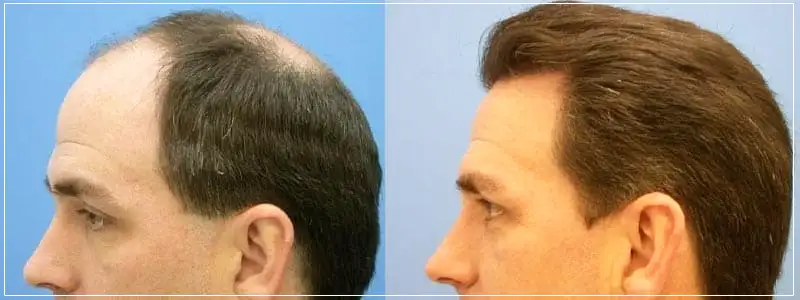Throughout History and Time, hair has played a pivotal role in self-expression and self-identity much like fashion-forward clothes, watches, jewelry, and even the cars we drive or strive to own. For women, hair is a symbol of femininity, sexuality, and beauty. For men, hair is a symbol of youth, success, and even power.
| Femininity Power | Power |
|---|---|
 |
 |
| Self Confidence and Youth | Beauty |
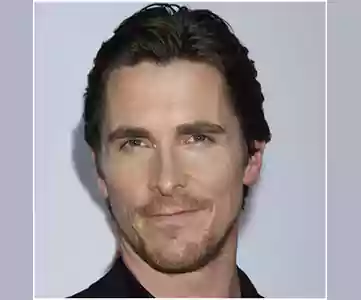 |
 |
Hair is one of the most important aspects of self-expression hence hair industry with all things related, has evolved into a multi-billion dollar industry worldwide. For these very reasons, for centuries people have tried to combat the signs of hair loss by inventing wigs, colored powders, strategically placed extensions, etc. in hopes of concealing the condition of hair loss. Nonetheless, this disfiguring, identity impairing condition known as Androgenic Alopecia has affected and continues to affect millions of men as well as women throughout the world and has been doing so since the beginning of time.
| 18th Century Wigs | |
|---|---|
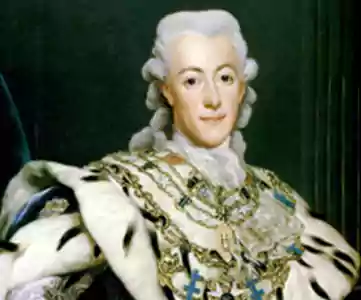 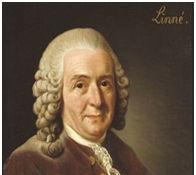 |
|
| Strategic Hair Styles used to conceal receding hairline | More Modern Hair Pieces of Today |
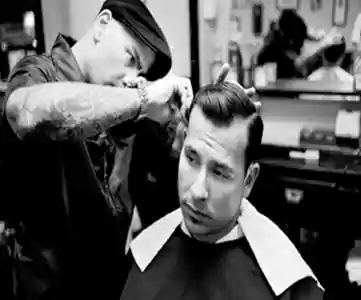 |
 |
Although there are a number of different causes of hair loss, the main cause remains Androgenic Alopecia or pattern baldness which is a hereditary condition linked to Dihydrotestosterone (DHT), an androgen produced by the hormone Testosterone by the action of 5 alpha-reductase enzyme. There is a number of treatments and therapies designed to slow down the progression of hair loss, however, none are able to neither permanently stop nor fully reverse the already fallen hair. The only permanent solution for hair restoration whether Male of Female Patter of Baldness is Hair Transplant.
Surgeons have come to this realization early on during the last century simply by pointing out the fact that although 50% of men will experience either major or minor hair loss by the age 50 in some OR all pattern-affected zones: (zones, 1, 2, 3, 4): none however lose hair on the sides of their head, nor the back. These very regions are known as the Donor Site. Hair which grows at the back and the sides of the head is genetically different from the hair which grows on the top of the head (zones 1,2,3,4); donor site hair is not affected by Dihydrotestosterone, hence is resistant to falling (under normal hereditary conditions outside of medically or chemically induced hair loss). *The idea of permanent hair restoration occurred due to this simple yet revolutionary realization whereby surgeons came up with the idea to take the hair which is located at the donor site and transplant it to the balding or thinning areas.



